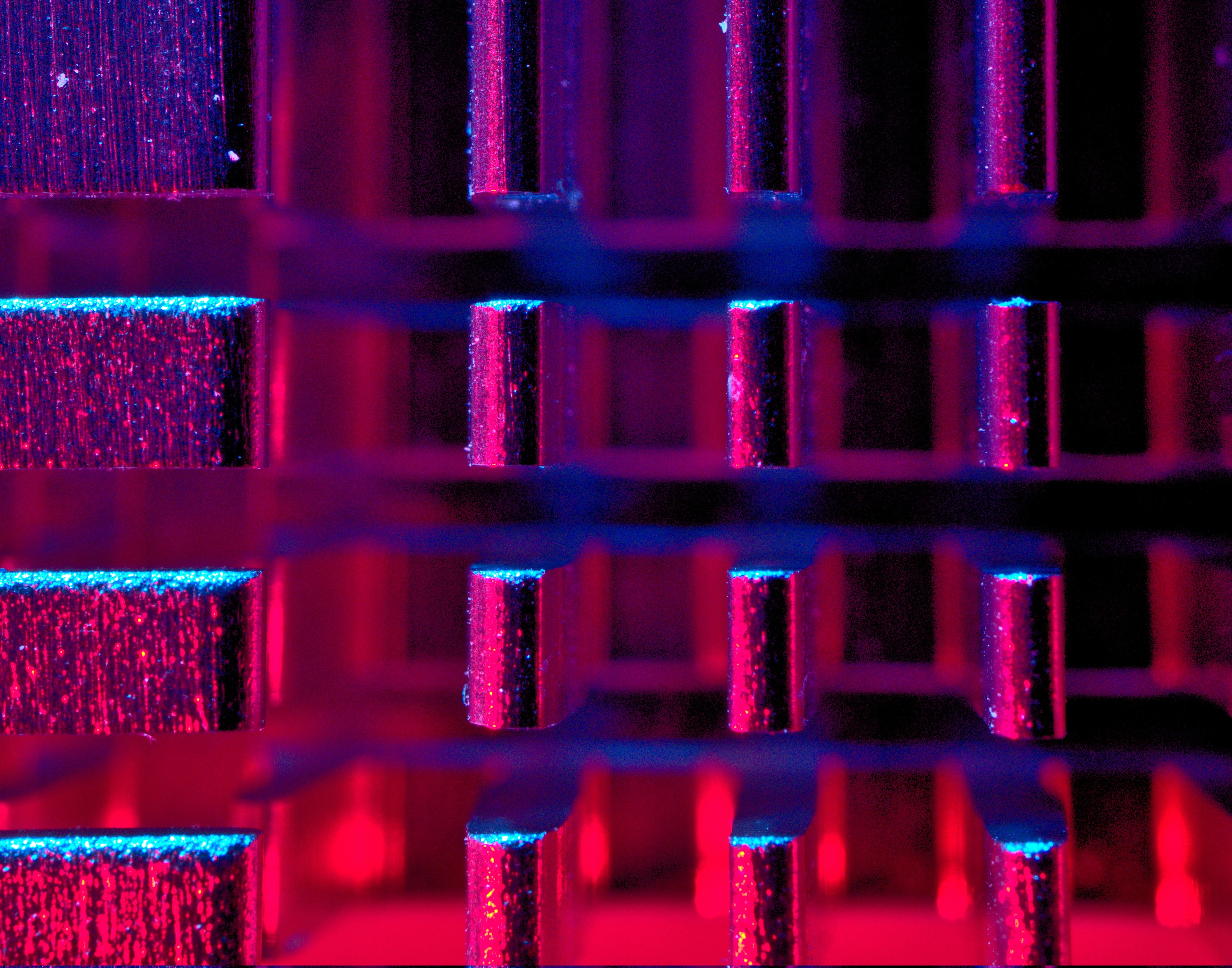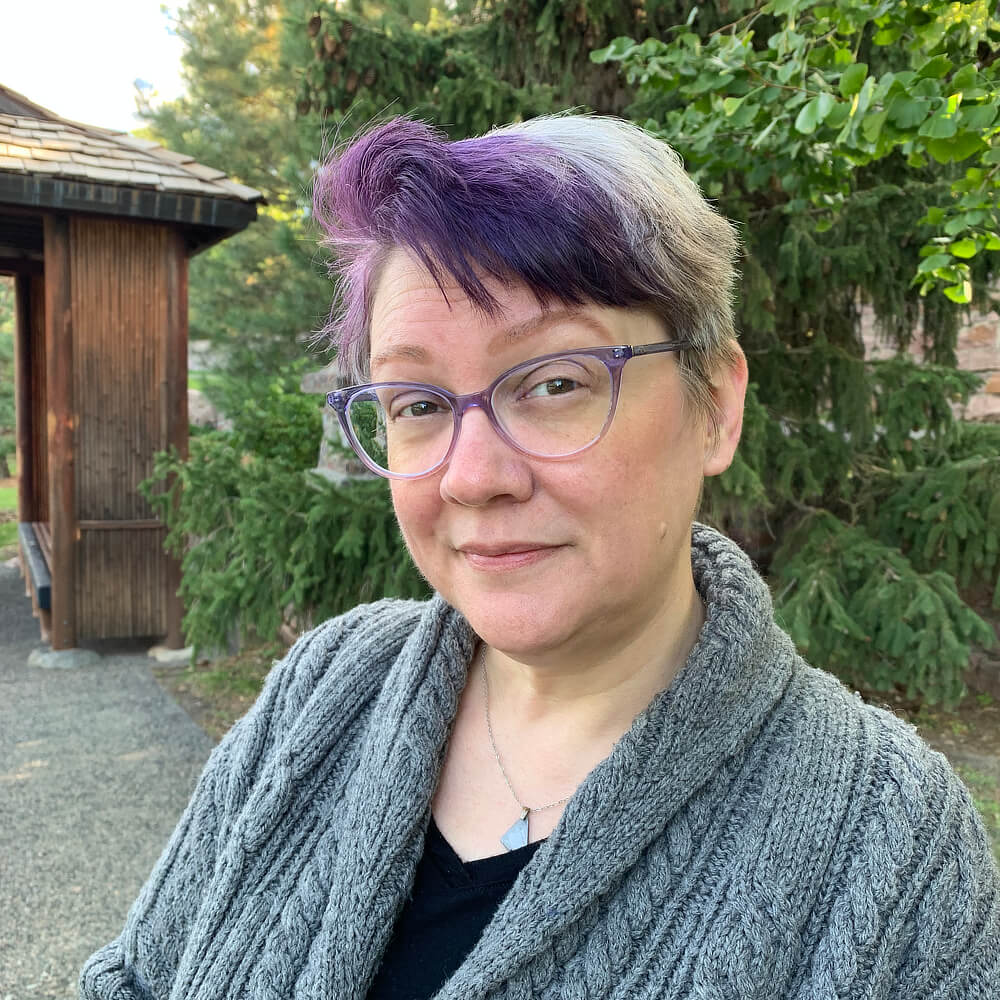You can't send voice or video recordings, nor can you send complex layouts of data. The only form a message can take is text. Furthermore, these messages depend on the language of the sender, and their ability to spell correctly. It's crucial for every operator and computer to speak the same language, or messages will not be flagged. Even if flagged, the operator needs to be able to read it.
There are currently 48 quantum computers capable of communicating with each other. This means there are 2304 chips needed to keep the network operating properly. With every new addition, the number grows exponentially, and it can take significant amounts of time to outfit every computer.
Most of these computers are on Persephone class frigates, ships operated by
Wayfarers used to explore the outer reaches of the galaxy. This problem is helped by creating these chips beforehand. Outfitting new ships with chips others were preemptively equipped with prevents having to recall the wayfarers for upgrades.










Of course, humans are the ones to surpass light's velocity. GOTTA GO FAST! Lovely and amazing article, dy!
Love to code, but this one is driving me crazy!
My world Shattered won as the "Most ground-breaking premise new world"!
Thanks so much Cato!